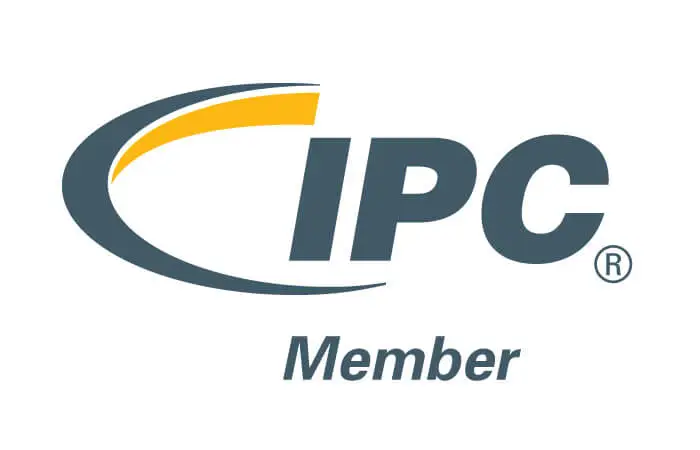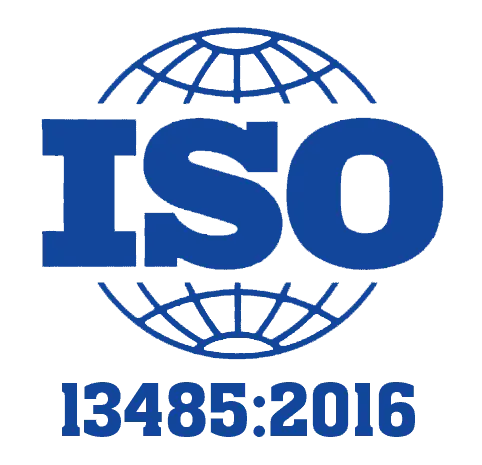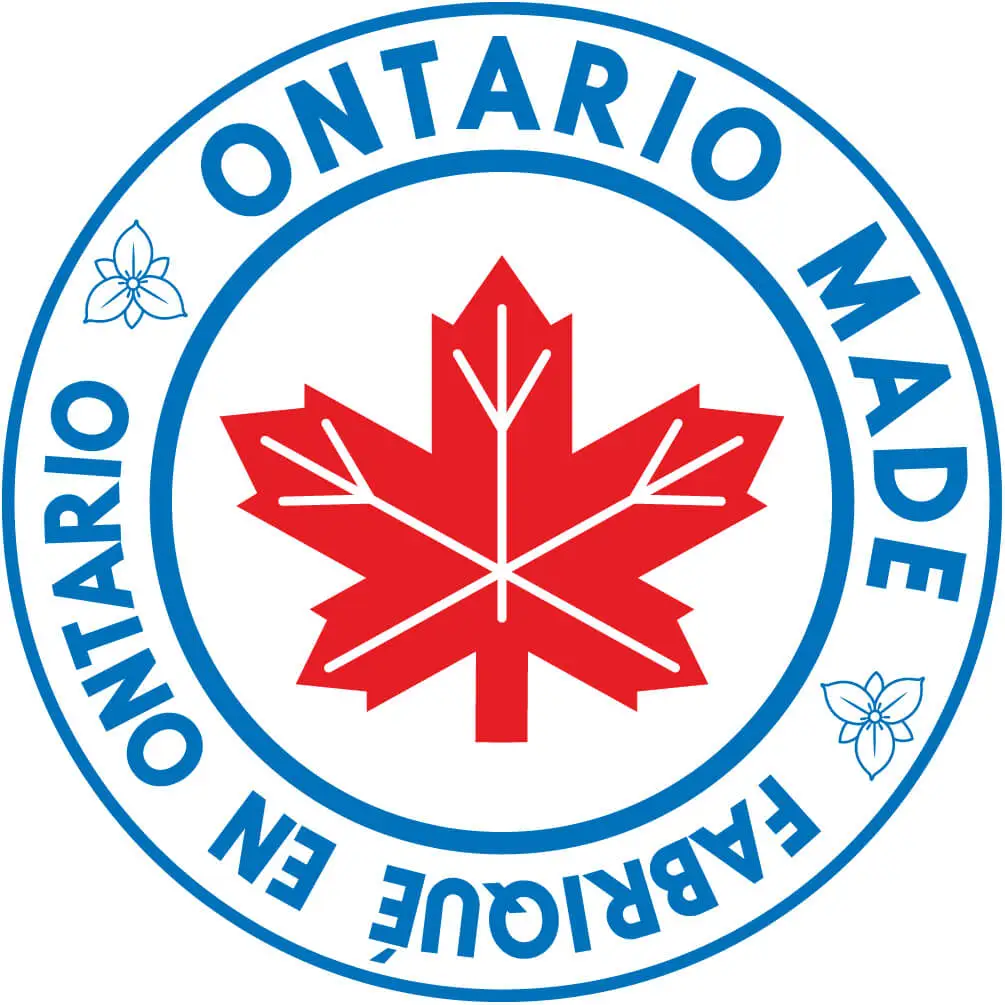TURN-KEY PCB ASSEMBLY: BITTELE ELECTRONICS
PCB MANUFACTURING AND ASSEMBLY
Full Turn-Key PCB Manufacturer
You can quickly get quotes and order PCB fabrication and assembly using our online system. Take advantage of exclusive automatic discounts with our tool. Our BOM pricing tool ensures you receive the lowest price for your order.
START A TURN-KEY PCB ORDER
What should be Included in a PCB Fabrication Drawing?
At Bittele Electronics we strive to be flexible in our services, however there are certain key pieces of information that we must have to accurately fabricate your project. The clearer this information is made to us the more accurate and faster the quoting and fabrication process will be. The best way to share this information with us is through a fabrication drawing. However, if a fabrication drawing cannot be supplied the information can be provided in a simple Read Me file or as text in your quotation request email.
The following are key pieces of information a fabrication drawing should outline:
Dimensions:
Knowing the dimensions of a board lets us know how much material is required for your project, which also allows us to figure out shipping costs, and whether or not we can fabricate the project as required. Including the dimensions in a fabrication drawing also allows us to compare these values to your Gerber files, to eliminate any ambiguity. Please consider including the following dimensions in your fabrication drawing.
- Length and width of the board
- The thickness of the board (Assumed to be 0.063 inches if not given)
- The board Outline
- Tolerances
Hole Chart:
With the use of the hole chart, Bittele Electronics can easily see where special care may be needed, such as laser holes, micro via, via on pad, plugged via, and blind/buried via without them having to be called out separately. Your drill chart should include the following information:
- Drill Sizes
- Tolerances
- Which layers are to be drilled
Layer Stack Up:
The layer stack up has a direct influence on the other characteristics of the project. For example how an impedance requirement is handled can vary depending on the material, copper weight, thickness, and tolerances of the stack up.
- Material
- Thickness
- Copper Weight (Assumed to be 1.0oz if not given)
- Tolerances
- Surface Finish (Assumed to be ENIG if not given)
Optional Requirements and Specialties (Non-Exhaustive)
- Controlled Impedance Requirements
- Markings
- Bow and Twist
- Plating
- Trace Width and Space
- Custom Stack Up (Dielectric Thickness, Material)
- Annular Ring Tolerance
- Gold Fingers
- Via on Pad / Plugged Via
- Blind / Buried Via
Related Articles:
Please briefly describe the information you are seeking in the search bar below.






 English
English